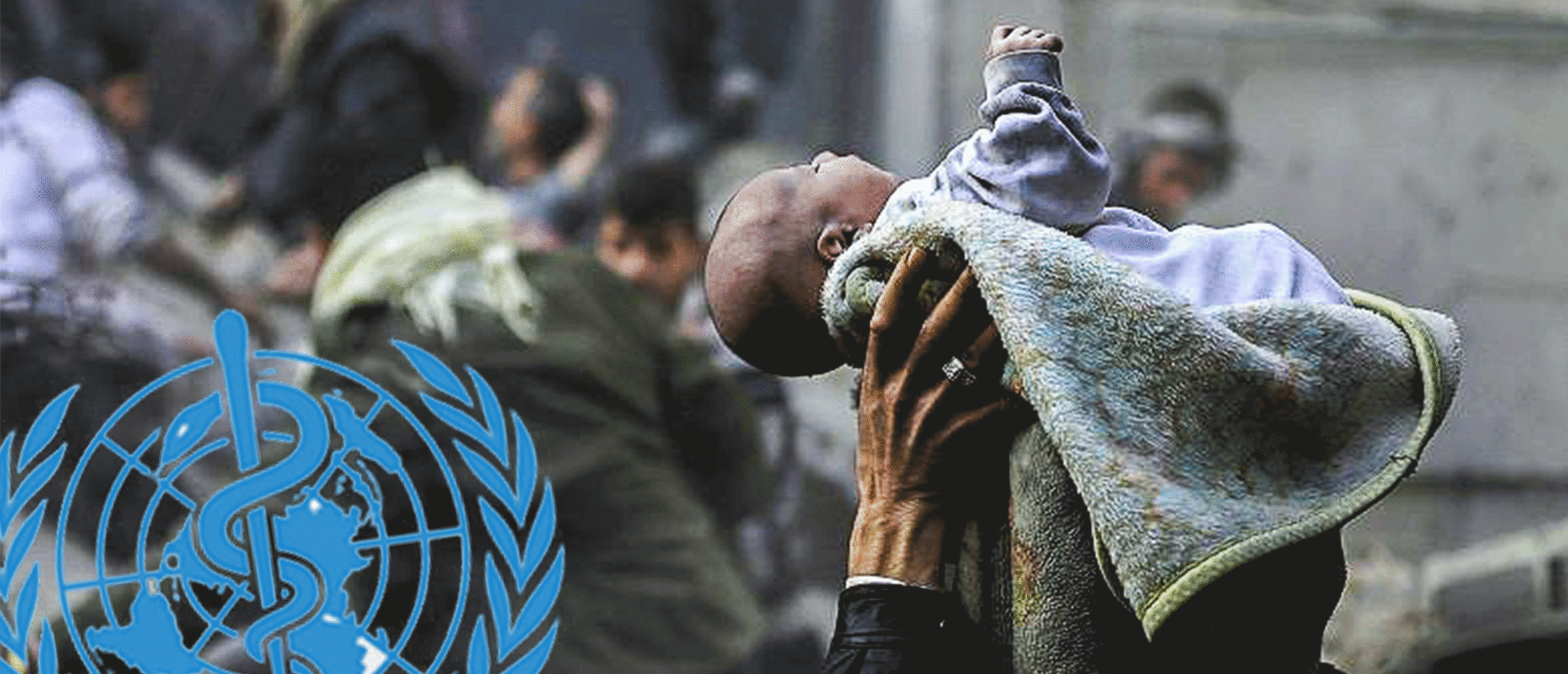The World Health Organization’s Abortion Overreach
In April 2020, President Donald J. Trump halted funding to the World Health Organization for mishandling the novel coronavirus crisis, the virus that causes COVID-19. In the aftermath of that decision, policy analysts focused on ways to reform the WHO, circumvent it, or scuttle it with a view to creating a new organization. In this International Organizations Research Group White Paper, Rebecca Oas, Ph.D. examines an often-overlooked department withing WHO that has had outsized influence in promoting a particular agenda, widespread legal and accessible abortion. Dr. Oas argues that this violates the mandate of the organization, impinges upon national sovereignty, and runs counter to, often deliberately misinterpreting, agreed upon international human rights.
The United State is the largest national donor to the WHO, contributing $200-$300M annually beyond the assessed membership dues of some $110M. Between 2008 and 2016, UN agencies, influenced by left-leaning donor governments in Europe and the United States, to promote abortion as an international human right. The WHO, the UN Population Fund, UN Women, and, perhaps most surprisingly, the UN Children’s Fund, UNICEF all promoted abortion as part of a right to “sexual and reproductive health.” As Dr. Oas reveals in this issue, the bureaucracy did so even though nations rejected that interpretation in open debate at the UN General Assembly and elsewhere since 1994.
Dr. Oas shows the outsized influence that one bureaucratic office can have on global policy. Much of the WHO’s research and guidance on abortion is from its specialized Department of Reproductive Health Research (RHR), recently renamed as the Department of Sexual and Reproductive Health and Research (SRH). WHO’s Special Program of Research, Development and Research Training in Human Reproduction” (HRP), which includes various UN agencies, is also an engine of abortion advocacy, Oas finds. The office is influenced by the political agenda of its donors, Sweden, the Netherlands, the United Kingdom, Norway, and Germany. Its policy is often at odds with the social and cultural traditions and political positions of recipient nations, often in Africa and elsewhere in the developing world.
Dr. Oas also reveals the influence of innocuous-sounding committees within the UN system. WHO is part of many multi-agency partnerships, starting with its own HRP, but also including the Inter-Agency Working Group on Reproductive Health in Crises (IAWG). WHO bureaucrats sit on the IAWG steering committee alongside prominent abortion proponents including the International Planned Parenthood Federation (IPPF), the Center for Reproductive Rights, Ipas, and Population Action International (PAI). Together they work to decriminalize abortion in the developing world by challenging pro-life laws through strategic litigation and demedicalizing abortion so it can be self-administered with abortion pills.
As Dr. Oas finds in this issue, by inserting abortion into maternal and child health, the WHO transformed an issue with rare global consensus and made it one of the most controversial. It also slowed progress on saving mothers’ lives. Every day more than 800 women die from preventable deaths associated with pregnancy and childbirth and approximately 15,000 children under the age of five die from poor hygiene and malnutrition. The UN Secretary-General announced a high-level global strategy to improve women’s and children’s health, with a target of saving 16 million lives. In 2015, however, the strategy’s enactment had only saved 2.4 million lives. Unlike the COVID-19 crisis, there has been no international investigation into the role of the WHO in this human tragedy, the avoidable death of millions of women and children.
When President Trump took office in 2017, his administration attempted to halt U.S. promotion of abortion abroad. It expanded the Mexico City Policy beyond family planning, to all global health, and its diplomats opposed language on “sexual and reproductive health” in UN negotiations, a phrase that had long been used to include abortion, and a right to abortion.
Yet, practically speaking, not much changed on the ground. By 2020, it became clear that ending U.S. involvement with the campaign to create an international right to abortion, and indeed U.S. funding for it around the world, would need a long-term approach, and one that investigated the role of the WHO and its partner UN agencies. In her recommendations, Dr. Oas urges policy makers to consider applying the Siljander Amendment to U.S. foreign aid law. The State Department used this law to defund the Organization of American States in 2019 when two of its organs were found promoting abortion, against the amendment’s prohibition that U.S. funds are used “to lobby for or against abortion.” Dr. Oas finds that the WHO and other UN agencies are indeed in violation of the Siljander Amendment and should reform or lose U.S. funds.
With this paper, written at a time when the whole world is in lock down due to a health pandemic, the International Organizations Research Group seeks to add heat and light to the ongoing debate about the future role of the World Health Organization. We hope that the insights and research herein help policy makers to return the organization’s institutional independence, raise its standards of ethics, and restore a respect for all human life and human dignity.
View online at: https://c-fam.org/white_paper/the-world-health-organizations-abortion-overreach/
© 2024 C-Fam (Center for Family & Human Rights).
Permission granted for unlimited use. Credit required.
www.c-fam.org









